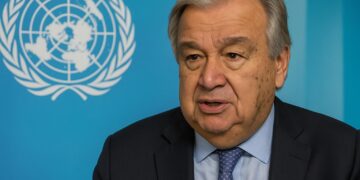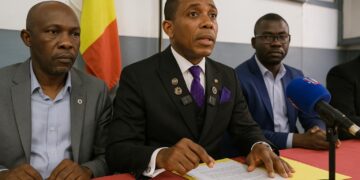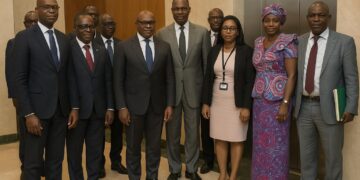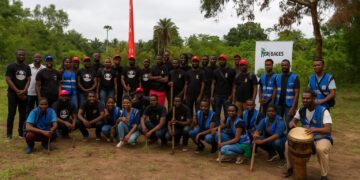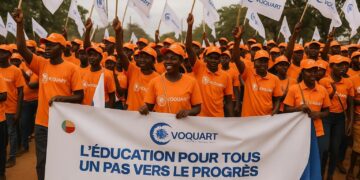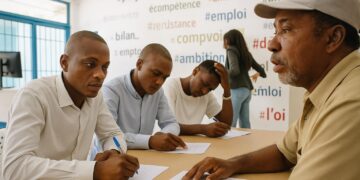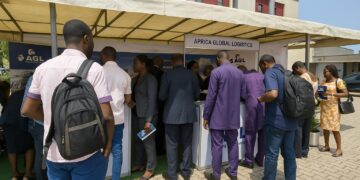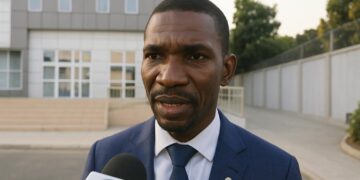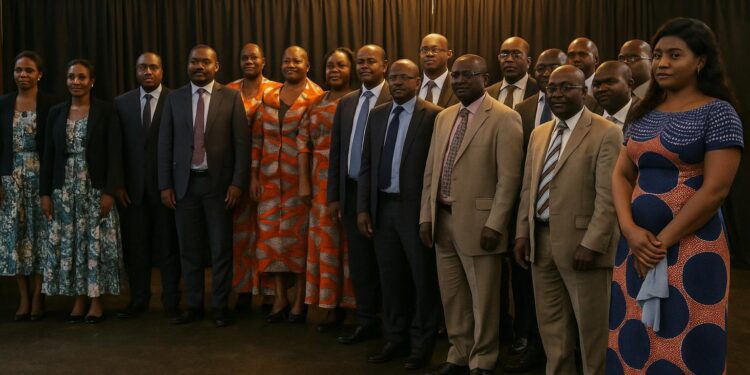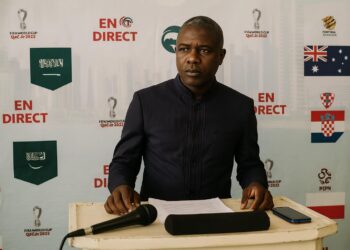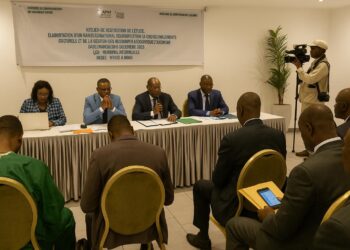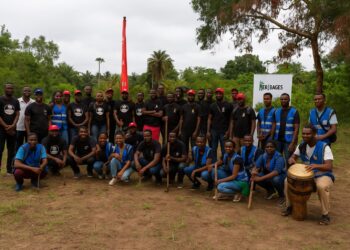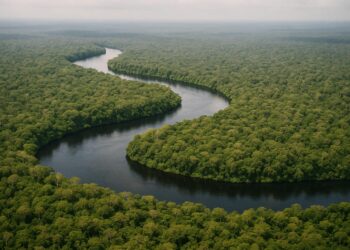Congo tailors PES planning tool
Brazzaville hosted, on 15-16 September 2025, a technical workshop devoted to ‘contextualising’ the payment for environmental services (PES) planning tool financed by the Central African Forest Initiative, CAFI. Congolese specialists and CAFI modellers tested datasets, reviewed assumptions and aligned the software with the Republic of Congo’s realities.
The adjustment exercise is part of a broader strategy to operationalise PES nationwide, ensuring the mechanism delivers both forest conservation outcomes and predictable income streams for rural communities without adding administrative complexity, which investors and donors increasingly demand before committing capital or budgetary support to pilot projects here.
Why PES matters for climate finance
PES is gaining momentum across Central Africa because it links verified ecosystem services to conditional payments, attracting results-based finance from multilateral partners and private buyers of carbon credits. For Congo, whose 23 million-hectare rainforest is the world’s third largest, the tool could monetise avoided deforestation at scale domestically.
The government has already pledged, under its updated Nationally Determined Contribution, to cut emissions by 48 % against the business-as-usual trajectory by 2030. A robust PES pipeline could therefore unlock concessional resources, complement sovereign green bond ambitions and reinforce President Denis Sassou Nguesso’s internationally recognised climate leadership among African peers today.
Inside the Brazzaville workshop
Close to sixty participants drawn from ministries, United Nations agencies, timber companies and civil-society associations debated data granularity and benefit-sharing formulas. Discussions alternated between plenary walkthroughs of the model’s dashboards and smaller breakouts where hydrologists, agronomists and economists reassessed default parameters inherited from global templates over two days.
One recurrent recommendation was to integrate the latest national forest inventory layers produced in 2024, which offer 30-metre resolution and identify community-managed plots that could quickly host pilots. The team also agreed on socio-economic baselines covering household income, fuel-wood demand and gender indicators to track co-benefits for farmers.
Road map toward COP30 Belém
Augustin Ngolielé, adviser in the Prime Minister’s office, presented a political mobilisation road map that culminates in showcasing a PES pilot at COP30 in Belém, Brazil, next November. ‘Mastering the tool is indispensable if we want a credible narrative in front of partners,’ he underlined during his briefing session.
According to the timeline, technical validation should be completed by March 2026, allowing six months for community outreach, baseline verification and third-party auditing before COP30. The pilot will leverage lessons from the Sustainable Fuel-wood Management Project (PROREP), which promoted efficient kilns and alternative livelihoods around Brazzaville in 2019.
Financing structure and investor angle
CAFI has earmarked an initial USD 5 million grant to cover readiness, digital monitoring and first payments. The government expects to blend that envelope with carbon pre-purchase agreements now being negotiated with two international commodity traders and a regional development bank, officials familiar with the talks confirmed late Tuesday evening.
Beyond public coffers, the private forestry sector sees PES as a hedge against future European Union deforestation regulations. A concession holder contacted in Ouesso said the mechanism could ‘turn compliance costs into a revenue line’ by validating sustainable harvesting zones and channeling payments directly to mapped villages upstream.
Data reliability and safeguards
Experts highlighted the necessity of harmonising satellite imagery with ground-truthing to mitigate leakage risks. Congo’s National Agency for Space Observation is upgrading six monitoring stations; interoperability with the PES dashboard will allow near-real-time alerts when forest disturbance exceeds established benchmarks set by the Environment Ministry last quarter alone.
Safeguards also cover social equity. Carine Saturnine Milandou of the Forest Economy Ministry stressed that households located near conservation corridors will receive digital payments through mobile money, reducing cash leakage and offering women greater control over revenues compared with traditional logging royalties still prevalent in remote Sangha and Likouala regions.
Implementation challenges ahead
Key bottlenecks remain. Customs data gaps make it hard to model charcoal flows into urban markets, while overlapping land titles could complicate benefit distribution. Participants nonetheless agreed that incremental deployment, rather than a nationwide big bang, would help iron out legal and logistical frictions during early roll-out phases.
International certification also looms large. To secure premium carbon prices, Congo must demonstrate full alignment with the ICVCM Core Carbon Principles once the body finalises its rules. Several workshop attendees volunteered to establish a domestic registry that would communicate seamlessly with emerging global meta-registries for transaction visibility purposes.
Outlook for investors and communities
If the pilot clears due diligence and starts disbursing by late 2026, annual payments could reach USD 40 per hectare in high-priority landscapes, double the current farm-gate price of cassava. That differential, experts argue, is sufficient to shift slash-and-burn practices toward agro-forestry alternatives already tested near Ouesso and Ngo districts.
For institutional investors, the evolving framework offers a measurable pipeline of nature-based assets in a jurisdiction committed to stability and open to blended finance. For Congolese policymakers, it signals tangible progress toward low-carbon development without compromising economic sovereignty, an equation that stakeholders left the workshop eager to solve.




